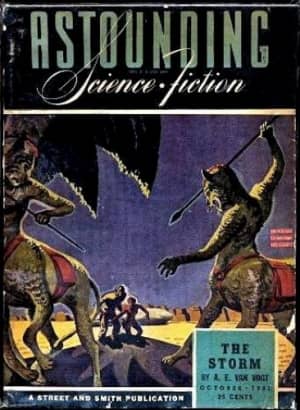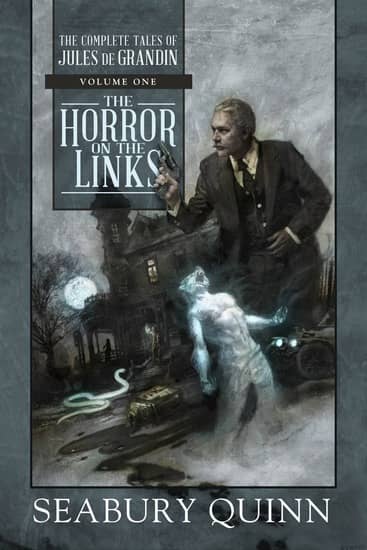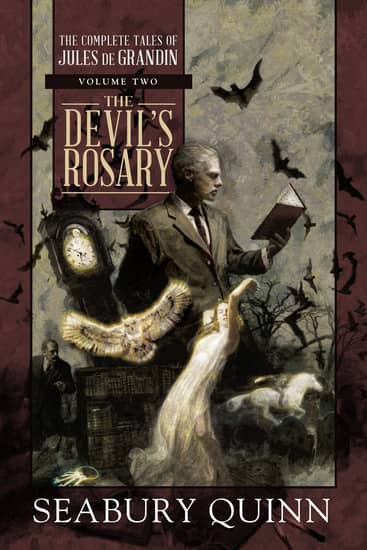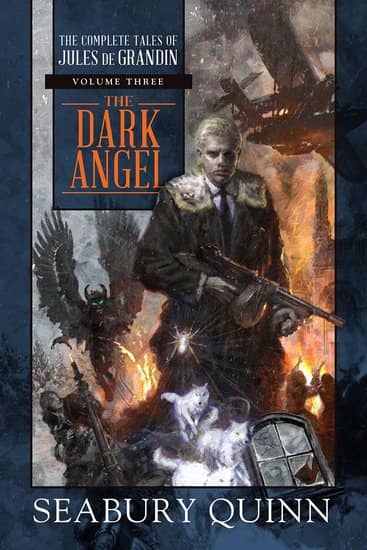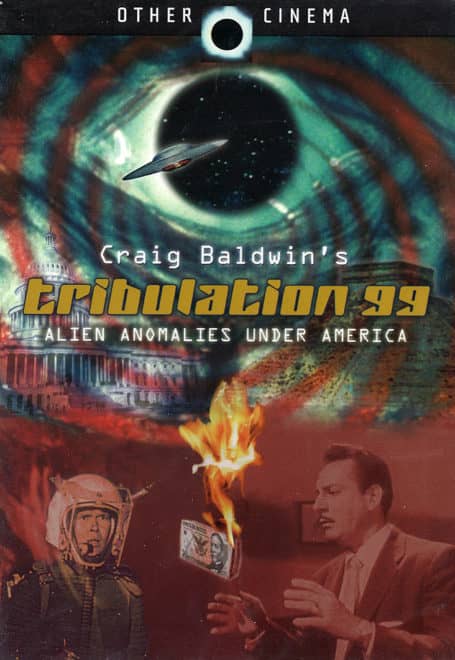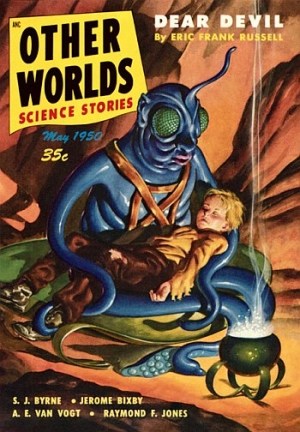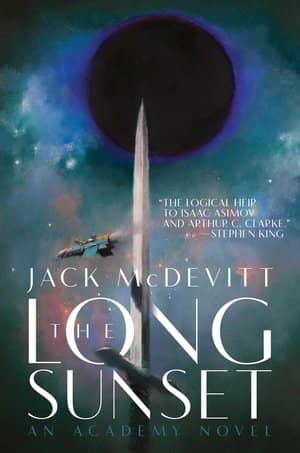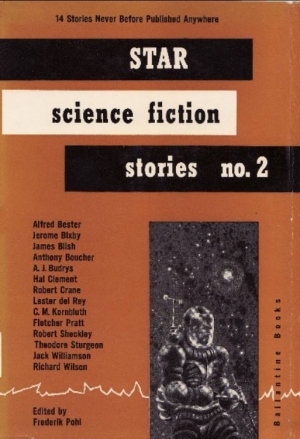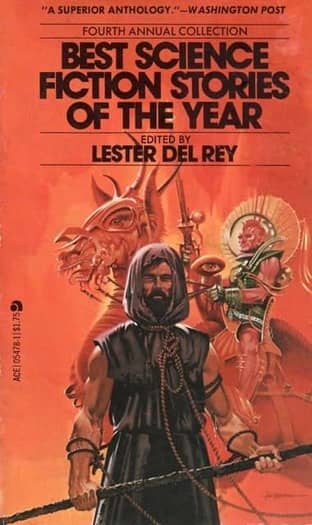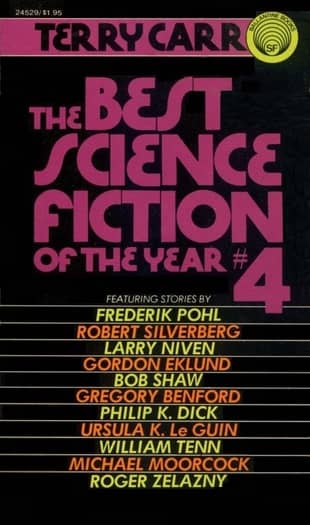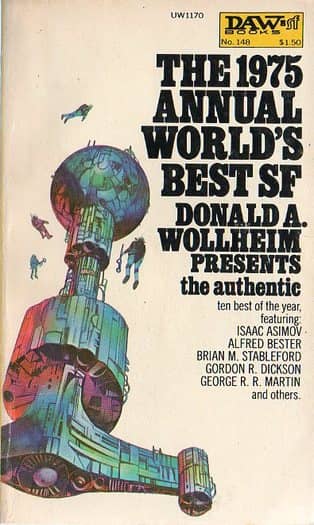Is That What You’re Wearing? Or, Books Have A Bigger Budget
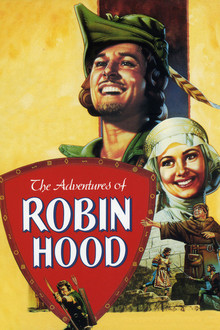 One of the most common topics of conversation among those who both read books and watch movies is the difference between the one and the other. Often it’s specific things like “that’s not how I pictured the protagonist” or, “where’d my favourite character go?” Sometimes it’s more general stuff like which medium did the overall job better.
One of the most common topics of conversation among those who both read books and watch movies is the difference between the one and the other. Often it’s specific things like “that’s not how I pictured the protagonist” or, “where’d my favourite character go?” Sometimes it’s more general stuff like which medium did the overall job better.
That kind of argument can go on all night, but one thing is not in doubt: No matter how much money is spent on a movie or TV show, books have a bigger budget. Look at the big picture: In a book you can have your characters go anywhere you’d like, live wherever you’d like, and use whatever transportation you’d like and it doesn’t cost you a dime. You don’t have to have the budget to reproduce your ideas on the screen.
And this just as true for every aspect of the smaller picture, though just now I’m going to talk about what your characters are wearing. No outfit is too extravagant, too simple, too colourful or too plain for your reader’s imagination. Your characters can even wear clothing that it is virtually impossible to eat, walk, or sit down in – as some cosplayers have discovered for themselves.
